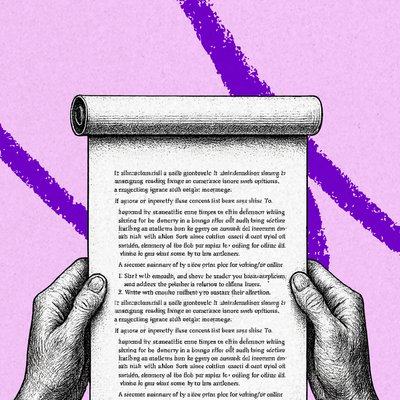
Many parents around the country are asking the same question: will children be able to return to school? And for good reason. It’s not just a question of learning outcomes, but a question of safety, sanity and livelihood.
But it’s not just parents that are thinking about when students will return to school. While we don’t usually think about it, there’s an entire industry dedicated to safely and efficiently transporting students to and from school each day: school bus operators.
However, as schools have shut down across the country, the need for school transportation has shut down too. Instead of transporting children twice a day, buses are sitting empty in parking lots across the country. A sleepy industry, school bus operators are an essential job with over 600,000 drivers in the United States. Yet some school bus operators are even going out of business due to the lack of demand.
In this market situation might lie an interesting investment opportunity. During normal times, school bus operators are strong businesses with deep moats. They are have sticky sales contracts and have exclusivity on school bus routes. Once you own these assets, they are easy to defend.
In this article I take a look at the makeup of the school bus operator market, what it takes to run a school transportation service, and how there might be an opportunity for investment (that is, if you can stomach the Covid-19 risk).
Fragmented Market
Approximately one third of all students get transported to school via a yellow school bus. This comes out to about 480,000 buses transporting 26 million students every day of the school year (source). The total market is estimated at $13.5 billion annually with minimal growth.
Of these 26 million students, about 60% are transported by the school district themselves. They own the buses and manage the drivers. This part is largely out of an investors control. But the opportunity is in the other 40%: the students who are transported by private school bus operators.
The largest private school bus operator in America is the First Group division of First Student. They make up about 20% of the private market and are over twice the size of the next biggest player, National Express. Beyond that, there are hundreds of smaller operators. Some of these have fleet sizes of several hundred buses while others serve just one or two districts.
The opportunity is to purchase a bunch of these small operators — many of whom are family-owned — and roll them together into one business.
Previously, owners might have resisted selling their business (or resisted improving operations at all). If they were earning a good wage, what would be the point of selling? Slowdown (or halting) of their operations due to the pandemic might cause them to reconsider. And a savvy buyer could purchase these businesses at cheap prices then spruce them up to improve margins. At scale, the combined company could be a stable cash flowing business with a strong moat.
A Deep Moat
As previously mentioned, school bus companies are great businesses to own. Consider a few of the barriers to entry. The first is that the business is capital intensive. New school buses cost between $65,000 and $100,000 and operators need several buses just to service one school district.
The Only Subscription
You Need to
Stay at the
Edge of AI
The essential toolkit for those shaping the future
"This might be the best value you
can get from an AI subscription."
- Jay S.
Join 100,000+ leaders, builders, and innovators

Email address
Already have an account? Sign in
What is included in a subscription?
Daily insights from AI pioneers + early access to powerful AI tools










Comments
Don't have an account? Sign up!